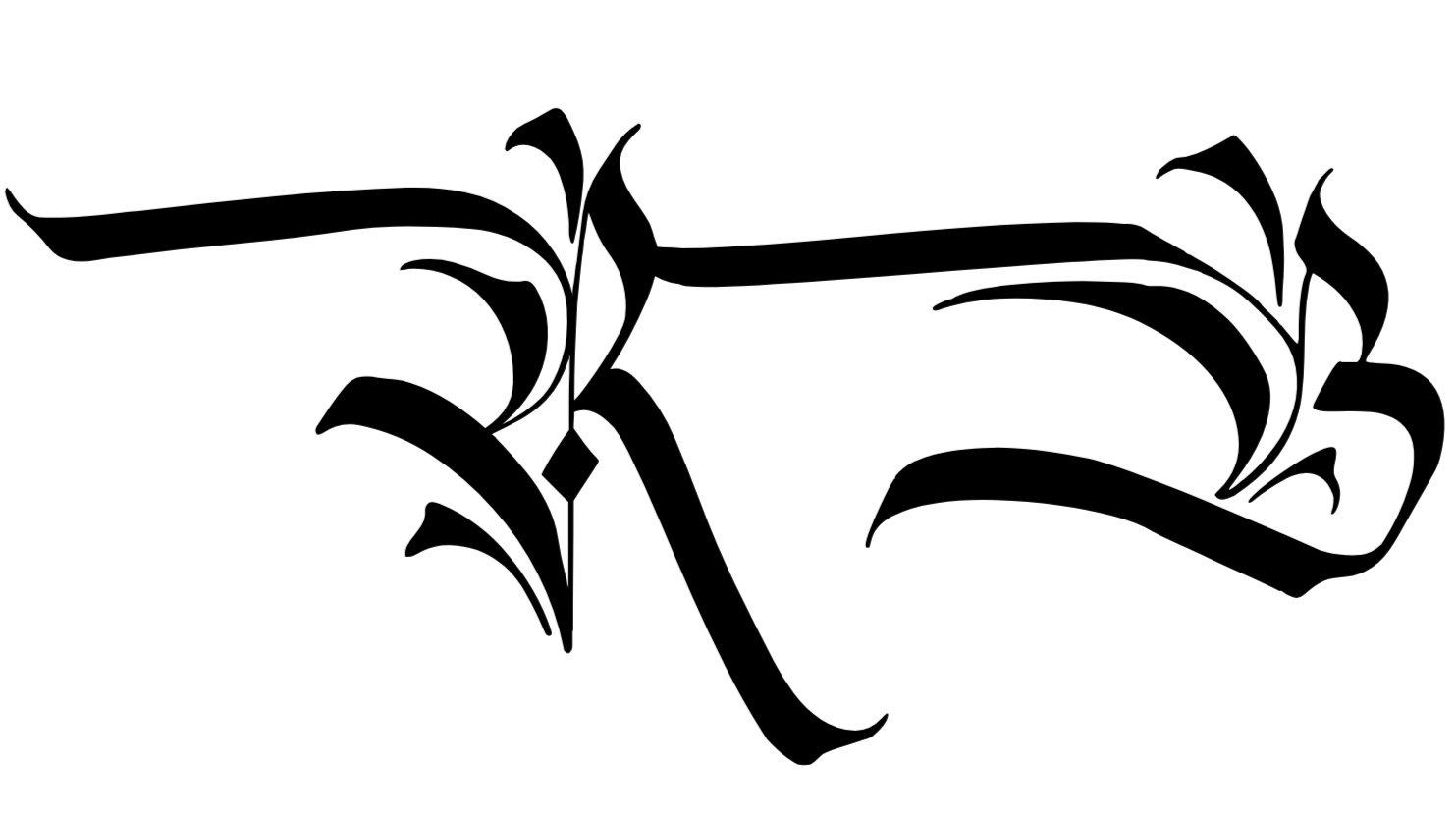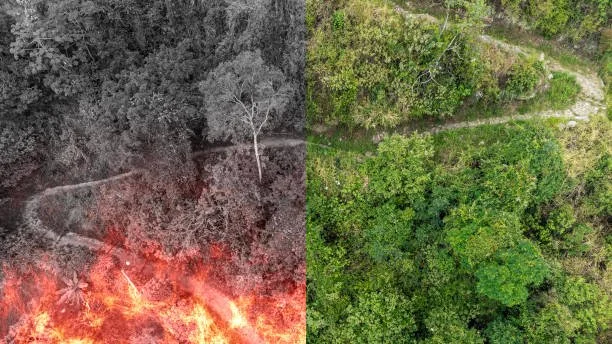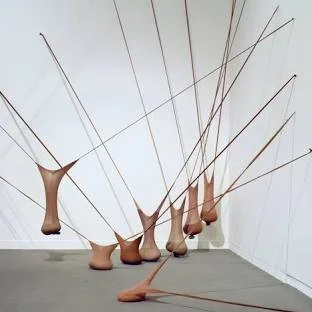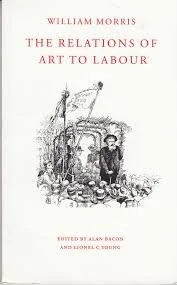critical reflection
A critical reflection of my research for unit 2
In Unit 2, it was a necessity to hone in on my practice and further define my methods and methodologies. When arriving at the MA Fine Art mixer last September, I introduced myself with hesitancy. By then, I’d experimented across disciplines and still hadn’t felt grounded in any. Prior to moving to London, I certain I wanted to do performance. During the mixer, I conversed with previous students on the Computational Arts pathway and referred to myself as a performer. The truth was thats who I wanted to be, I didn’t feel quite there yet. There responses confirmed my feelings of anxiety and insecurity. They met me with more questions that I didn’t quite have an answer to yet.
Questions like ‘this’ and my short responses follows:
How long have you been doing performance?
I’ve been doing performance for about a year now.
Where did you go to study performance?
Nowhere, I studied Media Studies before this.
Yes, that’s all I had to give.
It was imperative that I answered these questions for myself quickly. I didn’t have much time to continuously bounce between mediums. For Unit 1, this was the time to define my voice. I played in workshops, tried explore sculpture and metal working. My experiments brought me some clarity, opening me up to film my first public performance and short film using AI.
By the end of the unit, my answered had improved:
How long have you been doing performance?
I’ve been performing the tireless act of being a Black woman since I was born. This identity has cultivated a life of code-switching, mask-wearing, and shapeshifting in an attempt to be accepted by Western society. Growing up in America, we are quickly made aware of racial tensions and systemic limitations that are a result of nonconformity to capitalism/colonialism. To adhere to the socio-political order in which I was born into, I perform. I pretend. I act in a manner that is deemed acceptable by those who have the power to allow me in. Performance is an act of survival.
Where did you go to study performance?
TV, Media, and music taught me what was to come of Black American womanhood. Since early childhood, I’ve been fed images of what Blackness means but it’s disguised as entertainment. I’ve processed these images through my subconscious. These images secretly shaped my perspective of myself and the world.
What does performance mean to you?
Performance serves as an affirmation that social hierarchies are protected by each of us playing the role given to us. Drawing from Shakespearan concepts that “The World is A Stage”, we all are paid actors in a big budget production. Some of us are just further down the call sheet. Knowing that a role was given to me, I recognize my power to give myself another. Through crafting my own stories and images, it validates that mass media images are just some one else’s interpretation of my reality. I determine my reality.
Are there any other mediums you enjoy?
Although I know performance is where I want to take my practice, I have trouble stepping out of my comfort zone. I used Unit 1 to experiment with installation, sculpture, and video making. I will continue to play with the mediums. I was able to record one film of a public performance; however I am still working through how to present that documentation.
What methods and methodologies define your art practice?
“My visual art practice is grounded in two methodologies, image-making and story-telling. Through creating images: photography, video, and digital art to depict the impact of accessibility of modern technology in contemporary art practice. More intimately, I tell stories through spoken word, performance, and installation emphasizing the labor and physicality in being an artist.
In Unit 2, I had the opportunity to dive deeper into the core subjects of my practice while also defining what my practice is. When first arriving Not fully explored, but research in progress subjects brought me clarity of my performance, and visual art practice.” (Blake, Critical Reflection: Unit 1)
How long have you been doing performance?
Since a young child, I’ve done theater and professional acting. I’ve been casted in music videos, TV shows, and commercials. Other than these professional bookings, I participated in dance collectives, one being led by Alvin Alley company. I played the guitar and violin in elementary school. In 5th grade, I won my first speech competition reciting Oprah Winfrey’s eulogy for Rosa Parks. Throughout middle school, I continued movement practices and later picked up spoken word as a result of a creative writing class. The act of poetry writing and spoken word reciting followed me through undergrad.
This early practice of performance reminded me that this method of storytelling is the longest relationship I’ve had to a discipline. Despite having other artistic skills, performance has always come natural to me. During Unit 1, I returned to this practice and began to reimagine the space it would take up now that it has resurfaced.
How did you discover performance?
Other than my childhood experiences, I’ve realized the ways my previous studies have informed my art practice. In my undergraduate studies, I pursued a BA in Marketing. At the time, I learned the importance of understanding the human psyche in business but also how the human psyche can be studied through collecting data that reflect their daily behaviors and habits. The information gathered helps to establish a persona for the human that will hopefully convert them into a customer. Here I realized how power structures reduce human life to data points, where our actions become a role in a well orchestrated play designed to keep our attention.
Growing more curious in segmented human behavior, I received a MA in Media Studies. Looking into media organizations and the advertising companies who sustain them, it became clear that our behavior is carefully monitored and manipulated. Our existence is documented and stored away to create a shadow body of ourselves sold to companies desperate for our attention. Yikes! I downloaded my profiles from social platforms and it was aerie seeing the ways I’d been typecasted.
It became hard to ignore that I am playing a role in someone else’s show. My life is my own but it is shaped by outside factors as if a character description has been written for me. I began questioning what would my character description be if it was written by those in power? What details of my uniqueness would be left out? How much will be identity be reduced?
Why performance?
I want control over my role. I want to write the narrative for the character I play and challenge those who dare to write a narrative for me. My life is my story to tell and we all have a right to share stories. Recognizing this importance, I am defensive over my narrative. And I realize the ability to tell a story is a privilege. Many of us never get the chance to tell our story, but spend life living in the stories of others, serving the tales of the more wealthy, popular, powerful. Performance allows me to depart from my role in the larger system, and redefine the role I play based on the terms I set.
Are there any other mediums that support your practice?
I have done more work to imagine a set for my performance. For my performance work, I am keen on designing each element of the story through costume design, set design, and other supportive elements.
I enjoy making videos and moving images that tell a story without my physical body. I want to create more visual essays and films that share narratives and histories outside of myself or heritage. Image making feels like an ethical medium to explore political and social subjects while respecting the rights of those directly impacted.
Installation still interests me, but I have to think more about the relationship between performance and installation. Senga Nengudi’s The Material Body that titles evolves to The Peforming Body, I see how a performance can have a lifespan outside of the artist.
What methods and methodologies define your art practice?
Art As Labor
Being an artist is a privilege. As an artist, you have the opportunity to express your thoughts an ideas through a preferred medium. But before art became as accessible as it appears to be today, there was a special class of the population who had the pleasure of dedicating themselves to art.Historical, artists have been those of the aristocrat class. Despite this class having more status than the worker class, their art was used as entertainment for the elite class. The special attention and perks that these artists received differentiated them from the lower classes providing an allusion that art is pleasurable. As a performer, I am confronted with this reality because the physicality of my method.When in reality, art is another form of labor, energy and work to fuel to capitalistic machine.
William Morris on Art and Labour defines art as “Well you must understand that by art, I do not mean only pictures and sculpture, nor only these and architecture, that is beautiful building properly ornamented; these are only a portion of art, which comprises, as I understand the word a great deal more; beauty produced by the labour of man both mental and bodily, the expression of the interest man takes in the life of man upon the earth with all its surroundings, in other words the human pleasure of life”. By this definition, every human being is an artist, but we didn’t all get the job as one.
Some our jobs are lower paying and boring.
Black Feminist Thought
I have never considered myself to be a feminist before diving into the realm of performance.
I have about 30 pages left of bell hooks’ aint i woman, and her presentation of Black womanhood. I grew up hearing that feminism was for “white women” and reading this text brought me clarity on this harsh truth. In an attempt to cling to my worth and value as a Black woman, I struggle to reconcile with the term “feminism”. I don’t know if there is a place for me. However, I recognize the implications of using a biological female body as a tool to create art as a feminists matter.
The Art of Storytelling
Storytelling is the foundation of modern history. Unfortunately, reviewing that modern history, i feel a bit left out knowing that my ancestors valued the oral tradition of storytelling. A coate’ is a term referring to the initiated storytellers bestowed the responsibility of passing down the story of the beginning. I think we all have a responsibility to continue to venerate the stories of our origins to ensure it continues to exist. If the story tellers stop telling, it wont take long for those stories to be forgotten. I admire the work of Faith Ringgold who uses quilts to stitch the narratives of her culture and ancestors.
Reading BlackRootz Science gave me insight to the power of lore in African spiritual traditions. This text is written by a coate’ and is said to be forecasting whats to come through telling us what has happened. The stories shared in this text has supposedly only been shared through oral initiation. There are complex equations and concepts outlined in BlackRootz science that emphasizes the origins of Blackness in the university. Despite there not being any scientific evidence by Western science systems, these lores can be found in other ancestral traditions with slight differences.
Conclusion
In Unit 1, I established a footing in my desired methods and methodologies. I became more critical of my art practice and worked to experiment with different mediums that had my interest. In Unit 2, I had the opportunity to test those mediums further while honing in out specific methodologies that directly relate to my performance practice. The research conducted for Unit 2, has informed me of the deeper intentions behind my work. I hope to test out more performance modes in Unit 3, and draw conclusions on how to combine performance and installation.
References:
Serpentine Galleries. (2019). Faith Ringgold. [online] Available at: https://www.serpentinegalleries.org/whats-on/faith-ringgold/ [Accessed 18 May 2025].
TTS Library. (2015). Black Roots Science – Modimoncho [audio album]. Bandcamp. Available at: https://ttslibrary.bandcamp.com/album/black-roots-science-modimoncho [Accessed 18 May 2025].
Sur, S. (2021). ‘“Talking Back”: Teaching Feminist Writing with bell hooks’. Michigan Quarterly Review, [online] 18 December. Available at: https://sites.lsa.umich.edu/mqr/2021/12/talking-back-teaching-feminist-writing-with-bell-hooks/[Accessed 18 May 2025].
Morris, W. (2004). The Relations of Art to Labour. Edited by A. Bacon and L.C. Young. London: William Morris Society.
African American Performance Art Archive. (2009). Senga Nengudi Biography. [online] Available at: https://aapaa.org/artists/senga-nengudi/ [Accessed 18 May 2025].
Harris, S. (2014). ‘The Improvised Body: The Reemergence of Senga Nengudi’. Hyperallergic, [online] 6 September. Available at: https://hyperallergic.com/146981/the-improvised-body-the-reemergence-of-senga-nengudi/ [Accessed 18 May 2025].








